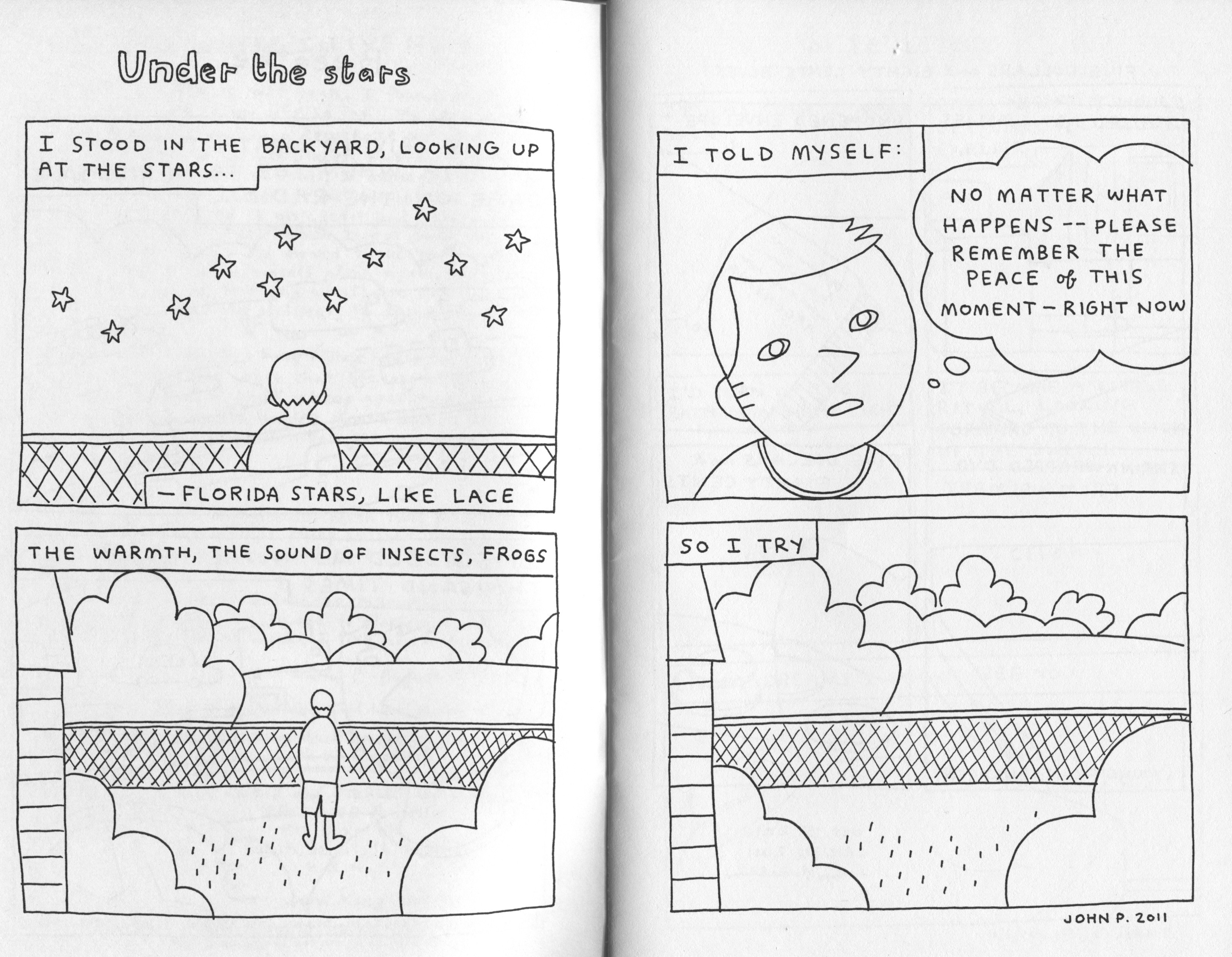“Twee” and “nostalgia” are two terms of critical obloquy that fit together naturally, like (dainty) dog shit on (soggy) twinky. Apart and even more together, they connote precious, precocious inauthenticity, packaged emotion in the name of infantile regression and souls suffocated in cat pics.
Bob Dylan’s much-lauded, latter-day song/video “Duquesne Whistle” from 2012 is a self-referential exercise in cutesy laurel-resting — and/or a biting satiric refutation of same, depending on which side of the smirk you come at it from.
Dylan’s voice is a ravaged shell of its former ravaged shell; the music a winking Tin Pan alley revival of former Tin Pan Alley folk revival; if there wasn’t a video, you’d imagine a chorus line of hobos knocking their legs together and swapping their hands from kneecap to kneecap while pursing their lips in impish surprise.
Instead, though, the video we’ve got shows us a dapper hipster sartorially channeling ragamuffin classic Dylan channeling Woody Guthrie, while flirting with an attractive passerby. The flirtation shades into stalking and our picaresque hero gets maced…and then his day goes downhill from there. Meanwhile, old Bob in a straw hat walks along with a posse of assorted cool folks, swaggering and eventually stepping over young, stalkery, beat up Bob.
The whole video is an exercise in having your twee nostalgia and spitting on it too; you get to see young Bob dream of handing a rose to his sweetheart, and then get to see him thrown to the curb while old Bob’s vocals mug on and on knowingly. The sepia trickster persona of 60s Zimmerman is rejected for the ironic, up-to-date, uber trickster hipster persona of grandmaster Robert. The old witticism is swallowed by the new witticism; the old smug grin swallowed within a bigger, smugger grin, like one of those James Cameron aliens doing a stand-up comedy routine. “You old rascal, I know exactly where you’re going,” the singer smarms, projecting realism via mime show and mime show via realism. Next album, you can be sure, he’ll bring the Blue Man Group out to convey some hard truths.
John Porcellino’s “Under the Stars” is a lot less coy about its twee; Donovan seems like the soundtrack rather than Dylan. The story, from King Cat 72, is just two pages long.

The nostalgia here is a lot less ironized as well; in fact, the whole meaning and function of the art is explicitly presented as nostalgic. “No matter what happens — please remember the peace of this moment — right now” Porcellino, as narrator, thinks, and then the last panel declares “So I try,” while showing the same scene as in the panel at the bottom of the second page. The comic is Porcellino’s effort not to forget this moment, right now; the artless, unshaded, uniform line weight cartoon preserves the memory, as memory, in deliberately un-virtuosic delicacy. Stars, warmth, insects, frogs, all turn into quiet, lacey reproductions of themselves.
In “Duquesne Whistle,” the multiplication, or reproduction, of Bobs, past and present, is a form of control; Bob past, in all his memeness, is firmly in the gargled throat of Bob senior. Porcellino (or Porcellinos) place in “Under the Stars” is a little less certain. Obviously, it’s the artist’s hand drawing the image. But the memory, the thing he draws second after drawing it first, lacks himself. On the first page, he’s in the panel; when he repeats the drawing, labeling it as memory, he’s not there. The vanishing Porcellino could be seen as a kind of completion of the first image, where the narrator, armless, seems made of the same stuff as the trees; composed, like them, of smooth curved outlines, as if he’s about to disappear or merge into the landscape. But the figure not being there could also mean, not a transcendent onenness, but a failure; trying to capture the moment means putting yourself outside the moment. Porcellino wants to remember, but the act of doing so automatically self-recursively distances him from the memory. He doesn’t get the truth of the moment (including his presence), but only a kind of outline; a surface cartoon scribble.
“Under the Stars” tweely mourns its own tweeness and nostalgically mourns its own nostalgia, just as “Duquesne Whistle” tweely celebrates its distance from tweeness and nostalgically venerates its puncturing of nostalgia. If art is smaller than the world, and if art is always already part of a moment that is past, the ominous takeaway seems to be that all representation, and all consciousness, are always already buried in that time capsule adorned with microscopic calligraphy spelling out the names of your favorite Brit pop bands and lost loves. Under the stars that Duquesne whistle will long ago have blown, serenading that same old stupid self in the backyard of your heart.
